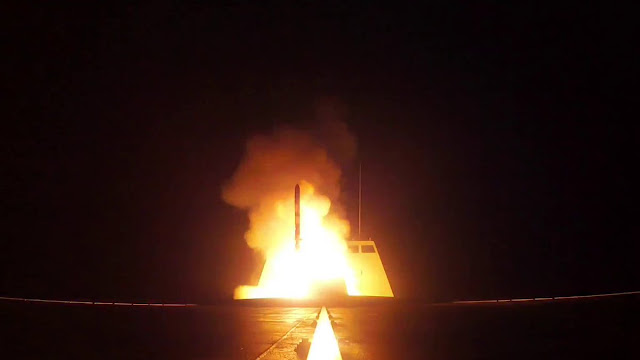Missile Loadouts: American Cold War Missile Destroyers (1956-1999)

Gyatt (DDG-1) The United States Navy’s first guided missile destroyer was the converted Gearing -class destroyer Gyatt (originally given the designation DDG-712 during her conversion, she was renumbered DDG-1 five months after recommissioning). Gyatt rejoined the fleet in 1956 with a Mk8 twin arm Terrier launcher and a fourteen round magazine replacing her torpedoes and aft 5" mount. However, she was always something of a test platform to determine the practicality of putting missiles on destroyers and in 1962, just six years after recommissioning, the Terrier launcher was removed and Gyatt reverted to her original destroyer designation Gyatt (DDG-712) in 1956: 14x Terrier Charles F. Adams-class While Gyatt conversion had tried to put too big a missile on too small a ship, the Navy still desired guided missile destroyers and the development of the smaller Tartar missile made it possible. The first purpose built guided missile destroyers were the Charles F. Adams -...

